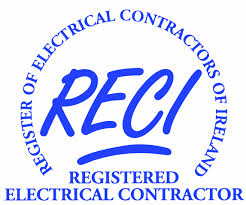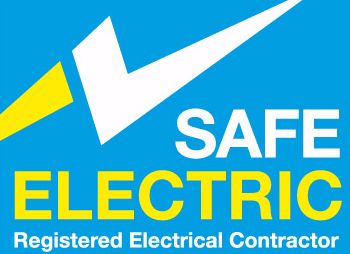
SilverDome Electric
Does-Your-House-Need-Rewiring
house rewiring


Does Your House Need Rewiring?
If you've just bought - or are about to buy - a house with electrics you suspect might be faulty, you'll need to know what to look for and what to do next. Here's a guide.
By Tony Cable
How Can You Tell If Electrics Are Faulty?
If you're viewing a house - or maybe have already moved in - what basic checks can you make to find out if the electrics are faulty? As a rule, only testing can tell you that. But there are warning signs that you can look for:

Obvious signs of damage to socket-outlets, switches, and lights.

Signs of overheating at socket-outlets.

How many socket-outlets are there in each room? If there are only one or two, or they are single sockets. it could be an indication that the installation may be quite old.

The use of extension leads and socket outlet adaptors.

Are the socket-outlets of the round pin type? If so, the installation is very old.

Round light switches and braided flex hanging from ceiling roses to light fittings, black switches and sockets mounted in skirting boards may require replacing.

Check the fuse box - just because it looks new doesn't mean it is - it may have had just a fuse box change, so check the rest of the installation as well.

Has it got rewirable fuses? These have not been installed in new installations for many years.

If the fuse box has a wooden back, cast iron switches, or a haphazard mixture of fuses it is likely that it dates back to before the 1960s and will need to be replaced.
What Are The Common Signs Of Bad Workmanship?

Switches and plugs not flushed in properly with live parts showing.

Chases not cut deep enough so cable protrudes above plaster.

Holes left in accessories or the fuse box.

Cable sheaths not entering completely into accessories.

Floorboards smashed and split.

Failure to install cables in prescribed zones, ie, horizontal or vertical from any switch or plug or wall light. Cables should not be installed diagonally.

Labels omitted on fuse box.

Fuse box not marked up to identify circuits.

Down lighters not fitted with fire hoods (if required).

Cables for outside lights or to a shed not suitable for the environmental conditions encountered.

Additional sockets installed without additional protection of a residual current device (RCD) provided.

Accessories not suitable for the location where they are installed ie, outside or above a bath or shower or in a swimming pool.

Incorrect protective device fitted.

Connector blocks used but not put in an enclosure, thus exposing live parts.
What Should You Be Wary Of?

Do not ever use an electrician if they for some reason states that they do not issue certificates upon completion of the work. Usually they do not issue the certificates because they do not test their work and if it's not tested you do not know that it's safe.
How Bad Does An Electrical System Have To Be To Be Replaced?
This is a difficult question to give an overall answer to as each installation would need to be assessed individually. However, the following factors all contribute:

Any electrical installation is as old as the oldest component in it, which could be cables, socket-outlets, switches; lights, fuse box and any other item of current using equipment.

If a Periodic Inspection Report identifies many departures to the existing installation.

If you require a considerable amount of additional works such as lights and socket-outlets, it may be more cost effective to rewire the complete installation.
Content courtesy of www.channel4.com

Contact Details
Telephone - (01) 864 1500 Fax -
(01) 864 1577
© SilverDome Electric Website by
www.imobilefriendly.ie
